Archive Providers: Chen Huanzhong, Gao Wei, Li Lin, Ma Shang, Ma Zhongren, Xiao Han, Xu Xiaobing, Yang Rui, Zhao Guoxin
Extensive Reading List: Wall & Water Bookstore
【Symposium】
Back to “Locality”: Rock Music, Art and Cultural Politics in the 1990s
2016.3.17, 14:00-16:00
Venue: Taikang Space
Moderator: Dong Bingfeng
Guest Speakers: Li Juchuan, Jeph Lo, Ma Zhongren, Colin Chinnery, Su Wenxiang
Rock musicas a genre emerged in China during the 1980s, asserting doubt and defiancetowards banality and the bonds of tradition, and seeking to establishindividualizing, self-confirming generational values. The history of Chineserock ‘n’ roll has witnessed an era of brilliance and radical advances, albeitmarked, in spatial coordinates, by uneven development and scattered centers ofactivity. Among these, Beijing, as the locus of economic, cultural and socialcircuits, undoubtedly comprises the most striking chapter in the legend ofChinese rock music. However, beyond this dominant, singular narrative, what arethe possibilities to expand this story, to introduce alternative experiencesand individual narratives? In response to this challenge, Bio-archiving: UndergroundMusic in Shenyang 1995-2002 conducts a survey of the underground music scene inShenyang from the mid 1990s to the early 2000s. The result is a sample of thevariety of occluded histories dispersed in secondary and tertiary cities, wherethese memories, once vivid, silently endure in long-forgotten venues, nevercatalogued in archives or recorded in publications.
As thefirst exhibition held at Taikang Space in 2016, based on an extensive archivein different media and forms, Bio-archiving: Underground Music in Shenyang1995-2002 renders a specific instance of the localized emergence of rock musicand delineates a comprehensive, dynamic vision of its birth and growth. Theexhibition is positioned as a supplement/extension to Taikang Space’sindependent problematics, investigative and narrative methodologies, andproduction of visual knowledge.
In termsof disciplinarity, the interactive relationship between music and the visualarts has long been seen as an important object of analysis in the culturalstudies field. A case in point is avant-garde music, which enjoys broadinterconnections with the complete spectrum of contemporary arts in terms ofconcepts, methods, and even specific forms. As long as traditional ideology inthis country was shaken by rock music in the name of liberation, nothing couldstop the young generation of artists from devoting themselves to the freeexperimentation of a ‘new’ art. Since the 1980s, a number of Chineseavant-garde visual artists have initiated practices inspired by the audioexperience of rock ‘n’ roll, while rock musicians have stepped forward into thefield of experimental art. Visual artists have frequently engaged in the livemusic scene while musicians have enthusiastically developed their potential invisual art. In the specific case of Shenyang’s underground music scene, one canobserve the dissemination of new music, contemporary art and avant-gardethought originating in Beijing, which contributed to the flourishing ofunderground live music performances, independent film screenings andalternative visual art exhibitions. All of this constitutes an alternative facefor Shenyang as a city of heavy industry.
Curated by Dong Bingfeng, the exhibition showcases avast body of materials, including tapes, videos, photos, publications, brochures,posters, invitations, and letters. As an active participant, Dong tries torender a survey of a localized culture within a given structure of space andtime, and finally to present its significance in a broader sense of livedmemories. The archaeological investigation of a specific cultural landscapehelps us to understand history and memories as a whole, including the various activitiesinstituted in the social space, and the numerous disjunctures, mutations andcontinuities which together inform the cultural present.

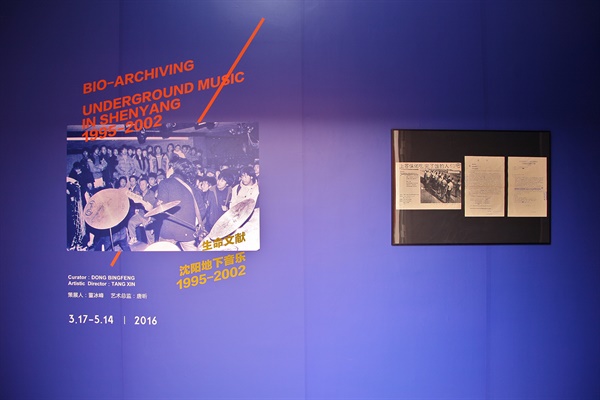 Installation View
Installation View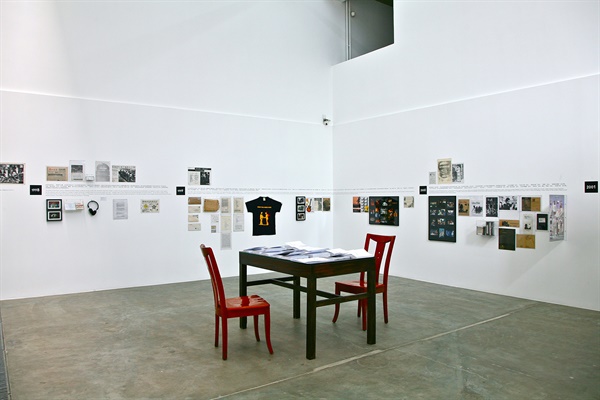 Installation View
Installation View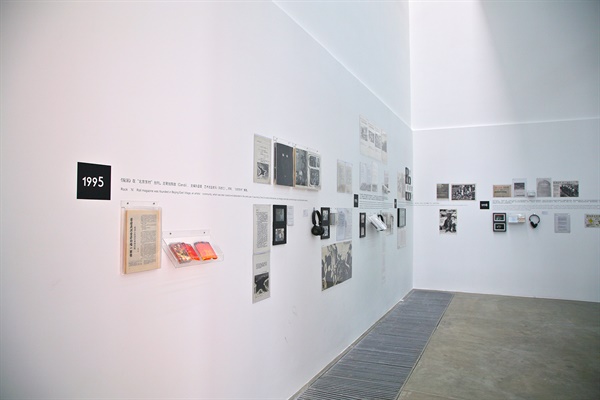 Installation View
Installation View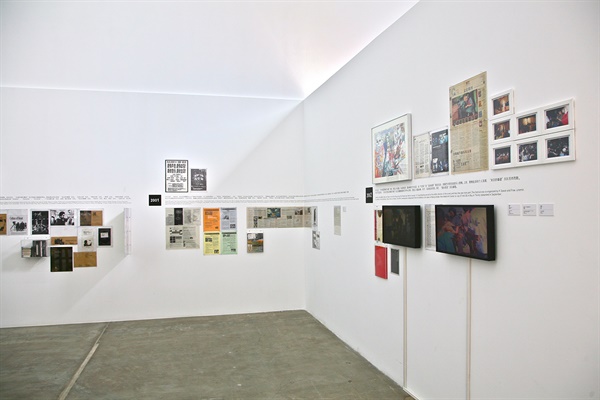 Installation View
Installation View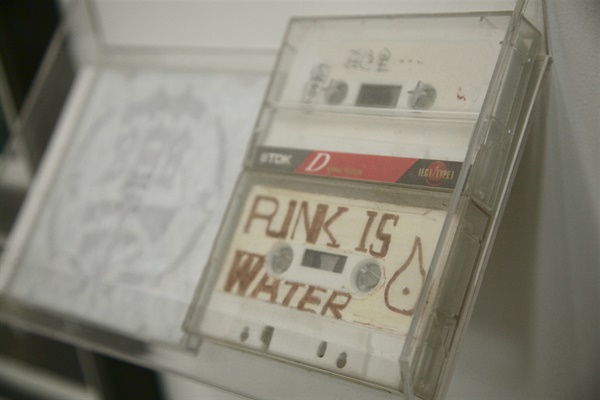 Installation View
Installation View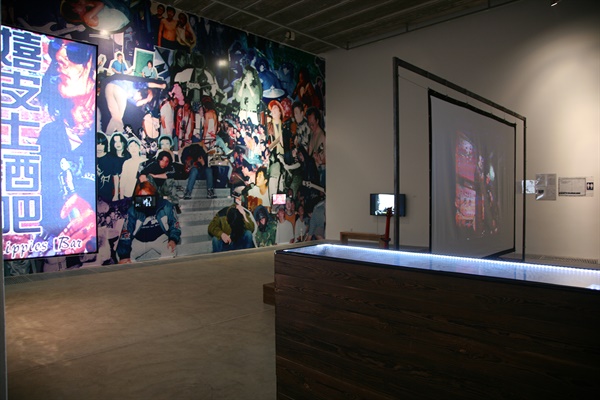 Installation View
Installation View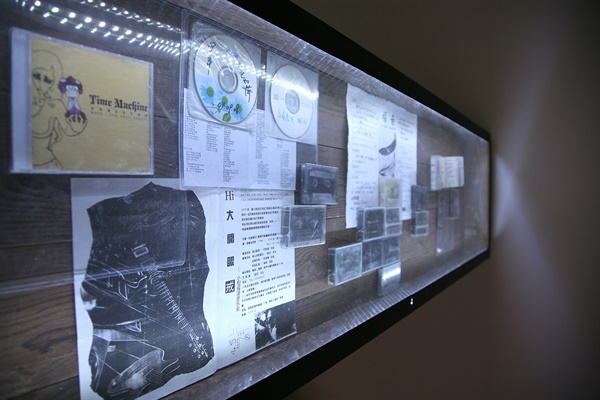 Installation View
Installation View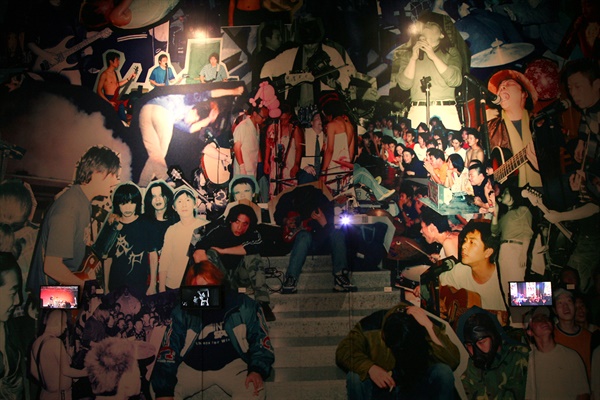 Installation View
Installation View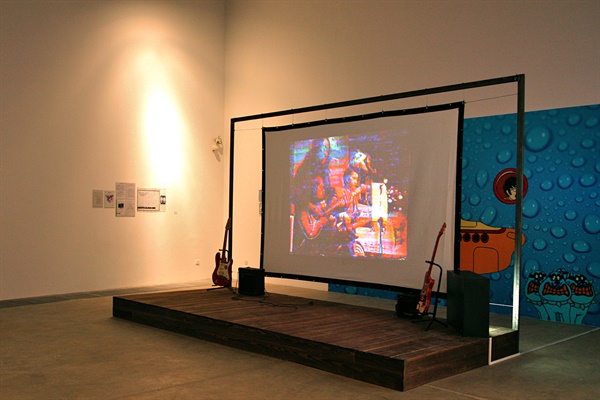 Installation View
Installation View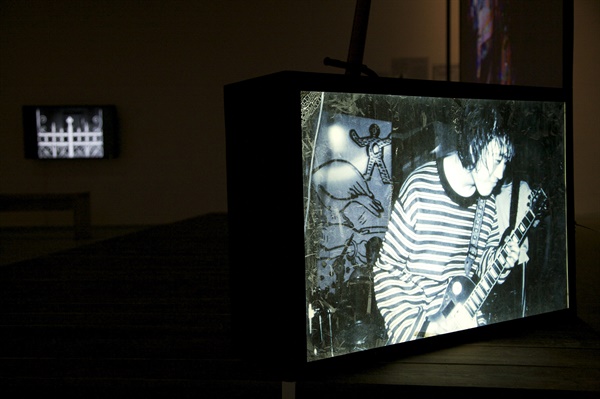 Installation View
Installation View





